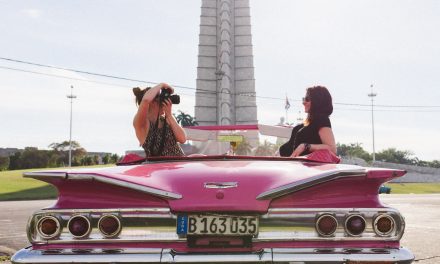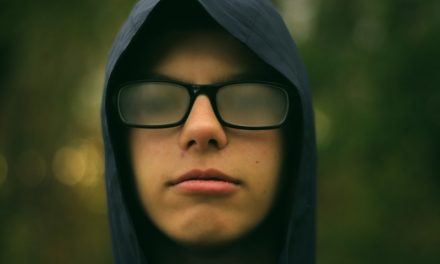When taking portraits, it’s important that you try to get the best possible results both from your camera and from your subject. Some photographers have excelled in getting uncomfortable shots of rage, anxiety, or hatred, usually when working with well-known subjects. These are an anomaly, however, and most photographers will want their subjects to look relaxed and happy – at their best. Here’s a quick guide to making that happen.
Be at Ease Yourself
The first step is to really take a deep breath and relax yourself. If you are full of nerves and show it on the outside, you are likely to cause some unease for your subject. That means you won’t get the full relaxed smile that you want.
It can be hard to rid yourself of nerves, and you may find that it’s something you struggle with for the whole of your career. Instead of battling the nerves, try to find a way to live with them. Take them as a good thing – a sign of excitement which will help you to get good photographs. When you convert that nervous energy into excitement, you will give off a much more positive vibe.
If you can’t settle yourself, try an acting exercise. Even though you are going to be playing yourself, play yourself as the calm and confident photographer who is in charge of the situation. Play the part from the moment you step onto the set until the moment you pack up and go home. It’s alright to have serious nerves before and after – but while the set is open, you must play the role. Eventually, you’ll find you aren’t really acting anymore.
Start Chatting
One of the things that often puts our subjects on edge is the fact that they are working with a stranger. It feels odd enough to be photographed by friends and family sometimes – but to have a stranger pointing their lens at you can be very uncomfortable.
Obviously, you can’t become firm friends with every client or model that you work with. So how can you build up that feeling of familiarity quickly and help them to relax? The answer is through the gift of the gab.
Start chatting to your subject when they arrive. If they go through a hair and make-up process, you can use this as a chance to chat away before they get in front of the camera. Talk about mundane things – the weather, current affairs, how their journey to the set was, and so on. Crack little jokes to make them smile. Be happy to laugh at yourself – if you make an obvious mistake, don’t try to cover it up, but instead laugh about it and show them you’re a human being yourself.
The more of a laugh you can have together, and the smoother the conversation flows, the more at ease your subject will feel. You can even continue to talk once you get them in front of the lens. This is a great way to elicit real smiles and laughter which you can capture as they happen. The results can look far better than a posed and poised smile.
Bring a Friend
Don’t bring one of your friends – bring one of yours. If a client is nervous before coming in to shoot, tell them to bring along someone that they trust and feel relaxed with. This can help them to feel that they have that safety net with them, so there’s no need to feel nervous.
You can also have a quiet word with the friend that they should be as encouraging as possible. For a model who feels shy about their appearance ahead of the photoshoot, something as simple as a friend standing next to you while you take pictures and telling them that they look gorgeous will work wonders. That validation coming from someone else close to them will help them to feel that it just might be true – and they won’t feel so nervous or tense anymore.
A chaperone is also a very good idea if you are working with younger models and subjects, for example when shooting senior portraits. It’s not only good for them, but also for you, to safeguard against any allegations of wrongdoing. A parent or guardian would be the best choice, as they can also sign off model release forms or other paperwork on behalf of the subject.
Clear the Set
If chatting with your subject and having other people around them isn’t helping, you might need to go for a different approach. Some people can become very aware of everyone around them while they are in front of the camera, and feel nervous about looking stupid or doing the wrong thing. They could even feel shy about posing in front of so many different people.
If you feel that this might be the case, ask them if they would be more comfortable if it was just the two of you alone. You can clear the set of any assistants, stylists, friends, family members, and so on. When it is just the two of you, you can develop a much closer understanding, helping them to relax and drawing out their best performance.
Some models actually prefer if you don’t chat at all, but let them focus and concentrate on looking their best. They’re happy just to hear the occasional reinforcement or an instruction to move. The important thing is that you find out what relaxes and puts your particular subject at ease – as everyone may be different. Your job is to adapt to them.
As a photographer, trying to put a nervous subject at ease can really feel like an uphill struggle. But no matter what else you do, remember that positive reinforcement works wonders. Don’t stay silent behind the lens – let your subject know how great they are doing, and how fantastic the photos will look, and they will feel more relaxed.




